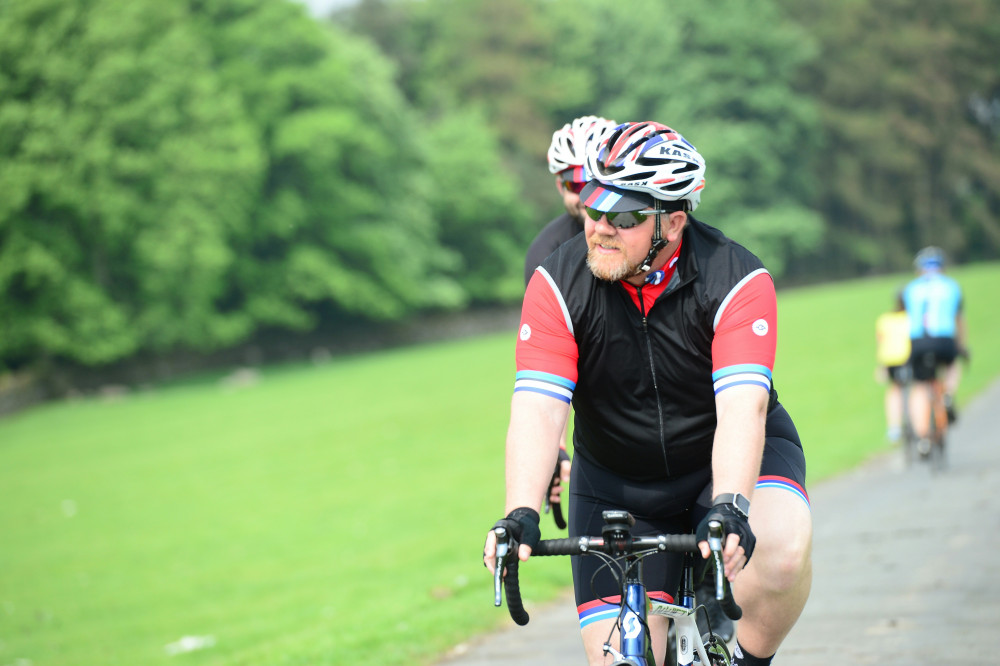Massage Therapy for Muscle Recovery After Summer Sports and Hikes

With summer in full swing, more people across the UK are heading outdoors to enjoy the longer days and warmer weather.
Whether it's tackling the Yorkshire Dales on foot, cycling along the Norfolk coast, or spending an afternoon on the golf course, there's no shortage of ways to stay active.
But with this seasonal surge in activity comes added stress on the body and massage therapy is becoming an increasingly popular way to support muscle recovery and overall wellbeing.
After a quieter winter, it's tempting to jump straight back into action. But this can put sudden strain on muscles, tendons and joints that may not be fully prepared. According to the Chartered Society of Physiotherapy, nearly 40% of sports injuries occur between May and August.
Whether you're a keen hiker, runner or casual tennis player, it's easy to overdo it.
Even low-impact sports like golf can take their toll. A common golf injury such as lower back strain or golfer's elbow often arises from repetitive motion and poor conditioning. It can also be aggravated by playing too often without proper recovery.
Massage therapy is far more than a relaxing luxury. It's a well-established method for aiding muscle recovery, reducing inflammation, and easing post-exercise discomfort. When we exert ourselves, especially after a long break, small tears form in our muscle fibres.
This is a normal part of muscle adaptation, but without recovery time and support, it can lead to soreness, tightness and fatigue.
Massage increases circulation to overworked areas, helping to deliver oxygen and nutrients while flushing out lactic acid and other waste products. It also reduces muscle stiffness, promotes flexibility, and may even improve performance in future sessions.
The right type of massage depends on your activity and recovery goals:
- Sports massage: Targets specific muscle groups used in your chosen sport, whether that's hamstrings for runners or shoulders for golfers. It's ideal for preventing injury and enhancing mobility.
- Deep tissue massage: Helps relieve stubborn knots and tight areas, particularly useful after long hikes or high-repetition sports like rowing or cycling.
- Swedish massage: A gentler approach that still boosts circulation and relaxation. Good for general recovery or easing back into activity after a break.
- Trigger point therapy: Targets localised muscle tightness that may cause referred pain, for example, in the forearm from a common golf injury like tendonitis.
The benefits of massage aren't just physical. Recovery also plays a big role in mental wellbeing. Active people who don't take time to rest can experience dips in motivation and even mood.
A 2020 study from the University of Warwick found that regular massage helped reduce stress, anxiety, and sleep disturbances in physically active adults.
Even just one session after a particularly intense hike or a competitive match can help both body and mind reset.
Including massage in your summer routine doesn't mean weekly appointments. A session every few weeks, especially during periods of high activity can make a noticeable difference.
It's especially helpful after races, golf tournaments, or if you're noticing tightness in your back, legs or shoulders.
Massage can also be combined with other recovery strategies like stretching, foam rolling, and rest days. And if soreness persists or becomes painful, seeking professional support is always a good idea.
Whether you're hiking through the Highlands or chasing birdies on the fairway, staying active this summer should be enjoyable, not uncomfortable. For those looking to keep muscle aches, common golf injuries, or general fatigue at bay, massage therapy offers a natural and effective way to recover, relax and keep doing what you love.
Leading UK clinics such as True Physio offer massage therapy alongside a range of treatments to help you stay strong, supple and injury-free all summer long.
New sidmouth Jobs Section Launched!!
Vacancies updated hourly!!
Click here: sidmouth jobs
Share: